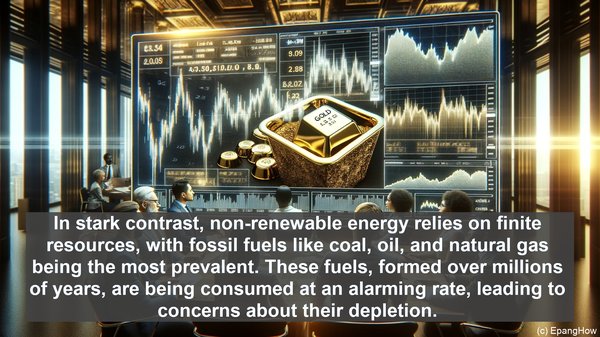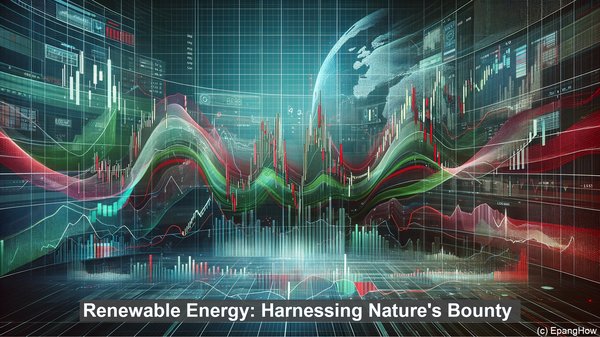Introduction: The Energy Landscape
Hello and welcome! As we strive for a sustainable future, it’s crucial to comprehend the energy sources we rely on. Today, we’ll explore the contrasting nature of renewable and non-renewable energy, shedding light on their characteristics, availability, and environmental impact.
Renewable Energy: Harnessing Nature’s Bounty
Renewable energy, as the name suggests, is derived from constantly replenished sources. Sunlight, wind, water, and geothermal heat serve as the primary reservoirs. The beauty of renewables lies in their infinite availability, making them a promising alternative to finite resources.
Non-Renewable Energy: The Finite Reserves
In stark contrast, non-renewable energy relies on finite resources, with fossil fuels like coal, oil, and natural gas being the most prevalent. These fuels, formed over millions of years, are being consumed at an alarming rate, leading to concerns about their depletion.

Environmental Implications: A Clear Divide
One of the most significant disparities between the two energy types is their environmental impact. Renewable energy sources, such as solar and wind, produce minimal to no greenhouse gas emissions, reducing the carbon footprint. On the other hand, non-renewables, when burned, release substantial amounts of CO2, contributing to climate change.

The Advantages of Renewables: Beyond Sustainability
While the environmental benefits of renewable energy are evident, they offer several other advantages. For instance, their decentralized nature allows for local power generation, reducing transmission losses. Additionally, renewables provide opportunities for job creation and technological advancements.
Challenges and Future Outlook
Despite the numerous benefits, renewable energy isn’t without its challenges. The intermittency of certain sources, like solar and wind, necessitates the development of efficient storage systems. Moreover, the initial setup costs can be substantial. However, with advancements in technology and increasing awareness, the future of renewables appears promising.
